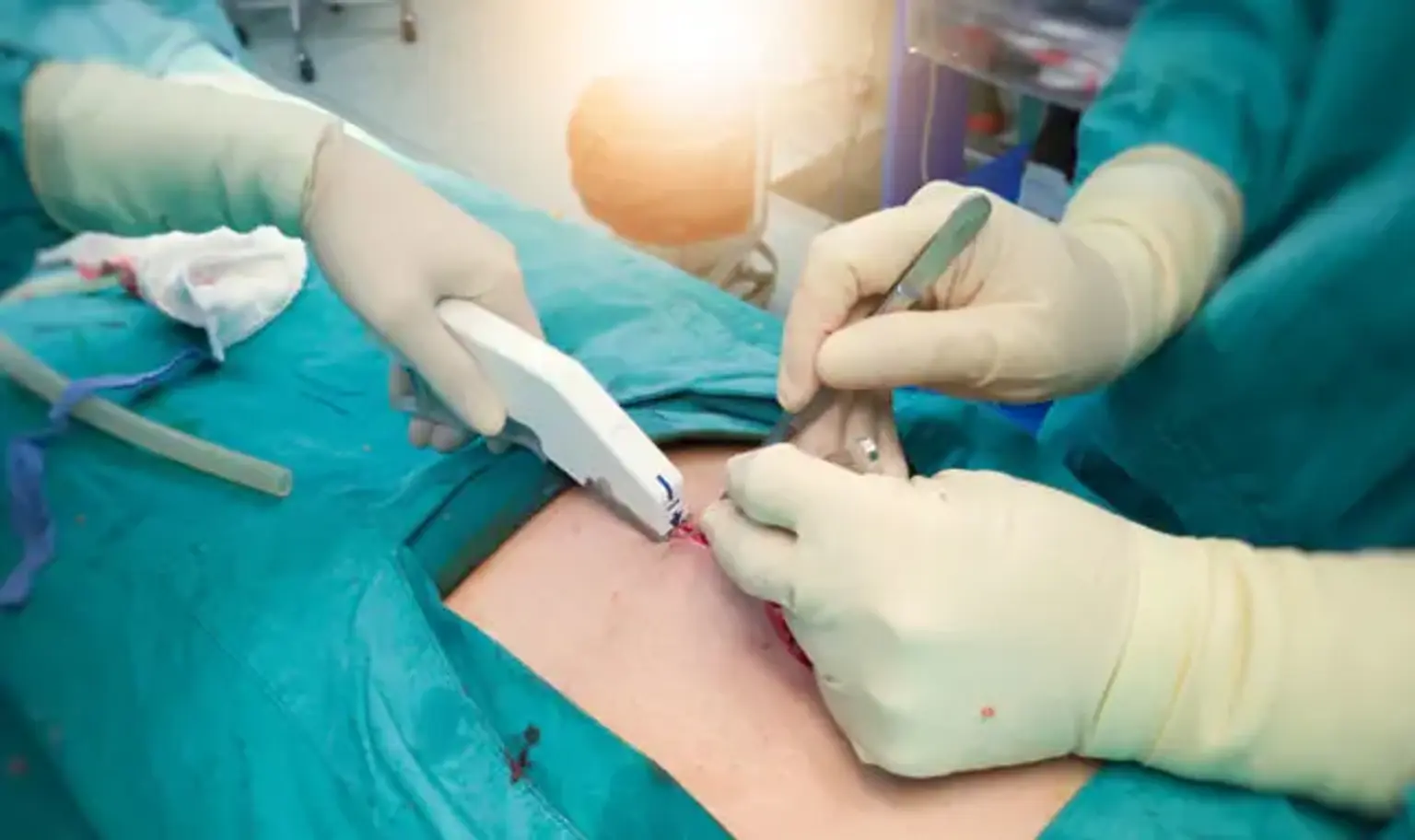Introduction
Laparotomy is a type of abdominal surgery involving a large incision in the abdominal wall to access the abdominal cavity. This procedure is used to diagnose, treat, or manage various medical conditions affecting the abdomen. Unlike minimally invasive surgeries like laparoscopy, which use small incisions, laparotomy is often preferred for complex or emergency cases that require direct access to internal organs.
Laparotomy plays a crucial role in cases of severe abdominal trauma, cancer diagnosis, infections, or when less invasive methods are not feasible. While the recovery is typically longer than laparoscopic surgery, laparotomy allows surgeons to address multiple issues in one procedure, making it invaluable in critical care.
When is Laparotomy Performed?
Laparotomy is often performed in emergency situations or when a condition requires detailed examination or immediate action. Common reasons for undergoing laparotomy include:
Trauma: Accidents like car crashes or falls can cause internal bleeding or damage to abdominal organs, requiring urgent surgery.
Cancer: Tumors in the abdomen, such as those in the intestines or ovaries, may need removal or biopsy.
Infection: Severe infections that spread throughout the abdomen, such as peritonitis, may require surgical intervention to clean the area.
Abdominal Pain: Unexplained or persistent pain that cannot be diagnosed through non-invasive methods may prompt a laparotomy to find the underlying cause.
In emergency cases, laparotomy is often performed without prior knowledge of the exact issue, acting as an exploratory surgery to identify and treat life-threatening problems.
